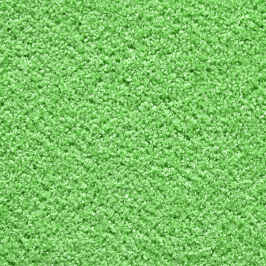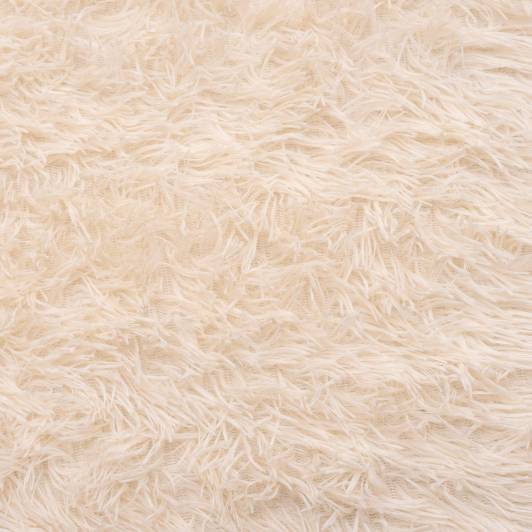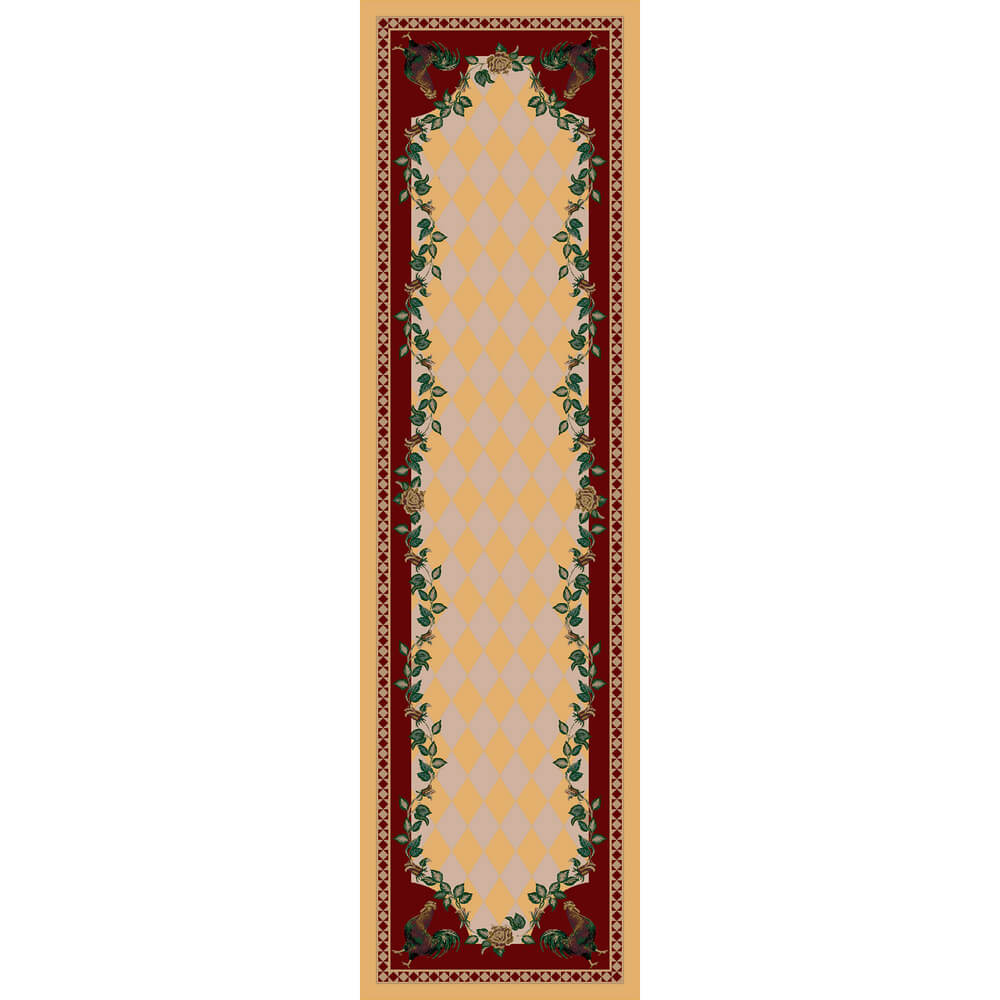Area rugs are a great way to add style, comfort, and warmth to your home. They can also protect your floors from scratches, stains, and wear and tear. However, area rugs can also accumulate dust, dirt, allergens, and odors over time. Eventually, you may want to replace your old rugs with new ones by Rugs made in USA. But what do you do with your old rugs? Can you throw them away in the trash? Can you donate them to charity? Can you recycle them?
The answer is: that it depends. Different types of area rugs have different disposal options. Some rugs can be recycled, while others cannot. Some rugs can be donated, while others cannot. Some rugs can be thrown away, while others should not. In this article, as a rugs expert, we will explain how to dispose of your old area rugs in an eco-friendly way. We will also provide some tips on how to choose and maintain your area rugs to extend their lifespan and reduce waste.
Why You Should Recycle Your Area Rugs?
Area rugs are made from various materials, such as wool, cotton, silk, jute, sisal, nylon, polyester, polypropylene, acrylic, etc. These materials have different environmental impacts and recycling potentials. For example, natural fibers like wool and cotton are biodegradable and renewable, but they also require a lot of water and energy to produce. Synthetic fibers like nylon and polyester are durable and stain-resistant, but they also come from non-renewable petroleum sources and emit greenhouse gases during production.
Recycling your area rugs can have many benefits for the environment and society, such as:
- Reducing landfill waste and greenhouse gas emissions
- Saving natural resources and energy
- Creating new products and jobs
- Supporting the circular economy
How to Recycle Your Area Rugs?
Recycling your area rugs is not as simple as putting them in your curbside recycling bin. You need to find a specialized facility that accepts carpets and rugs for recycling. You also need to check the type and condition of your traditional rugs before recycling them. Here are some steps you can follow to recycle your area rugs:
Check the Label
The first step is to check the label or tag of your area rug to find out what material it is made of. This will help you determine if it is recyclable or not. Generally speaking, natural fibers like wool, cotton, silk, jute, and sisal are recyclable, but they may require special treatment or processing. Synthetic fibers like nylon, polyester, polypropylene, and acrylic are also recyclable, but they may have different recycling methods or facilities. Some area rugs may have a blend of natural and synthetic fibers, which may make them harder to recycle. Some area rugs may also have a backing or padding made of rubber, latex, or foam, which may not be recyclable or may need to be separated from the rug.
Find a Recycler
The next step is to find a recycler near you that accepts carpets and rugs for recycling. You can use online tools to locate a drop-off site or a pickup service in your area. You can also contact your local waste management company or municipality to ask if they offer any carpet recycling programs or options.
However, not all recyclers accept all types of carpets and rugs. Some recyclers may only accept certain materials or brands. Some recyclers may charge a fee for dropping off or picking up your carpets and rugs. Some recyclers may have specific requirements for the size, condition, or cleanliness of your carpets and rugs.
Therefore, you should always call or visit the recycler’s website before bringing or sending your carpets and rugs for recycling.
Prepare Your Rugs
The final step is to prepare your area rugs for recycling. You should follow the instructions given by the recycler regarding how to pack, label, and transport your carpets and rugs.
Some general tips are:
- Vacuum or shake off any dirt, dust, or debris from your carpets and rugs.
- Roll up your carpets and rugs tightly and secure them with tape or string.
- Remove any nails, staples, or tacks from your carpets and rugs.
- Label your carpets and rugs with the type of material and the name of the manufacturer or brand.
- Keep your carpets and rugs dry and clean until they are recycled.
How to Donate Your Area Rugs?
If your area rugs are still in good condition and you don’t want to recycle them, you can also consider donating them to a local charity or organization that can use them.
Donating your area rugs can have many benefits for you and the community, such as:
- Reducing landfill waste and greenhouse gas emissions
- Saving natural resources and energy
- Helping people in need or improving public spaces
- Getting a tax deduction or a receipt
However, not all charities or organizations accept used carpets and rugs for donation. Some charities or organizations may only accept certain types or sizes of carpets and rugs.
Some charities or organizations may have specific requirements for the quality or cleanliness of carpets and rugs. Therefore, you should always contact the charity or organization before bringing or sending your carpets and rugs for donation.
Some examples of charities or organizations that may accept used carpets and rugs are:
- Habitat for Humanity ReStores: A network of nonprofit home improvement stores and donation centers that sell new and gently used furniture, appliances, building materials, and more to the public at a fraction of the retail price. The proceeds help fund Habitat for Humanity’s home-building projects. You can find a ReStore near you on their website.
- Goodwill: A nonprofit organization that provides job training, employment placement, and other community-based programs for people with disabilities, disadvantages, or barriers to employment. You can donate your carpets and rugs at any Goodwill store or donation center. You can find a location near you on their website.
- Salvation Army: A Christian organization that provides various social services and humanitarian aid to people in need. You can donate your carpets and rugs at any Salvation Army store or drop-off box. You can also schedule a free pickup service online or by phone. You can find more information on their website.
- Animal Shelters: Many animal shelters welcome donations of carpets and rugs that can be used as bedding, flooring, or insulation for the animals. You can contact your local animal shelter to ask if they accept such donations.
How to Choose and Maintain Your Area Rugs?
One of the best ways to reduce waste and save money is to choose and maintain your area rugs carefully. By selecting high-quality, durable, and eco-friendly area rugs, you can extend their lifespan and reduce the need for replacement. By cleaning and repairing your area rugs regularly, you can keep them in good condition and prevent damage. Here are some tips on how to choose and maintain your area rugs:
Choose High-Quality Rugs
When buying new area rugs, you should look for high-quality rugs that are made from natural fibers like wool, cotton, silk, jute, or sisal. These fibers are biodegradable, enewable, and hypoallergenic. They also have natural properties that make them resistant to stains, moisture, mold, and dust mites. They also provide insulation, sound absorption, and comfort.
However, natural fibers may also require more care and maintenance than synthetic fibers. They may also be more expensive than synthetic fibers. If you prefer synthetic fibers like nylon, polyester, polypropylene, or acrylic, you should look for recycled or recyclable options. These fibers are made from recycled plastic bottles or other materials that reduce waste and energy consumption. They are also durable, stain-resistant, and easy to clean. They also come in a variety of colors, patterns, and textures. However, synthetic fibers may also emit volatile organic compounds (VOCs) that can affect indoor air quality and health. They may also be non-biodegradable and contribute to landfill waste.
You should also look for area rugs that have a backing or padding that is made from natural or recycled materials, such as cotton, jute, rubber, latex, or foam. These materials provide cushioning, stability, and protection for your floors. They also prevent slipping, sliding, curling, or wrinkling of your area rugs. However, you should avoid area rugs that have a backing or padding that is made from synthetic materials, such as polyurethane, PVC, or vinyl. These materials may contain harmful chemicals, such as phthalates, formaldehyde, or flame retardants. They may also be non-recyclable and non-biodegradable.
You should also look for area rugs that have a certification or label that indicates their environmental friendliness, such as:
Green Label Plus: A certification program by the Carpet and Rug Institute (CRI) that tests carpets and rugs for VOC emissions and ensures they meet the highest standards for indoor air quality.
Global Organic Textile Standard (GOTS): A certification program that ensures the organic status of textiles from harvesting to manufacturing to labeling. It covers environmental, social, and health criteria for organic fibers, such as cotton, wool, silk, etc.
Fair Trade Certified: A certification program that promotes fair trade practices and standards for producers and workers in developing countries. It covers environmental, social, and economic criteria for products, such as cotton, wool, jute, etc.
Maintain Your Rugs
Once you have chosen your area rugs, you should maintain them regularly to keep them in good condition and prevent damage. You should follow the care and cleaning instructions given by the manufacturer or seller of your area rugs. Some general tips are:
- Vacuum your area rugs at least once a week to remove dust, dirt, and debris. Use a low or medium suction setting and avoid using a beater bar or brush attachment that can damage the fibers. Vacuum both sides of your area rugs and rotate them occasionally to prevent uneven wear and tear.
- Spot clean your area rugs as soon as possible if they get stained or spilled on. Use a clean cloth or paper towel to blot the stain gently without rubbing or scrubbing. Use a mild detergent or carpet cleaner that is suitable for your rug material and test it on a small inconspicuous area first. Rinse the area with water and blot it dry. Avoid using bleach, ammonia, or harsh chemicals that can damage the fibers or colors.
- Deep clean your area rugs every 6 to 12 months or as needed depending on the traffic and usage. You can use a steam cleaner, a shampooer, or a professional cleaning service that is appropriate for your rug material and type. Follow the instructions given by the machine or the service provider and make sure your area rugs are completely dry before using them again. Avoid using too much water or detergent that can cause mold, mildew, or shrinkage.
- Repair your area rugs if they get torn, frayed, or worn out. You can use a needle and thread, a glue gun, or a patch to fix minor damages. You can also contact a professional rug repair service that can restore your area rugs to their original condition. Avoid using tape, staples, or nails that can cause further damage.
- Store your area rugs properly if you are not using them for a long time. You should clean your area rugs thoroughly before storing them. You should roll them up tightly and wrap them in plastic or cloth to protect them from dust, moisture, insects, etc. You should store them in a cool, dry, and dark place away from direct sunlight, heat sources, or humidity. You should also check on them periodically and air them out occasionally.
Conclusion
Area rugs are a great addition to your home decor, but they also need proper disposal when they get old or unwanted. You can recycle, donate, or throw away your area rugs depending on their type, condition, and availability of facilities. Recycling your area rugs is the most eco-friendly option, as it reduces waste, saves resources, and creates new products. Donating your area rugs is another good option, as it helps people in need or improves public spaces. Throwing away your area rugs should be the last resort, as it contributes to landfill waste and greenhouse gas emissions. You should also choose and maintain your area rugs carefully, as it extends their lifespan and reduces the need for replacement. We hope this article has helped you learn how to dispose of your old area rugs in an eco-friendly way.
If you are looking for new area rugs that are high-quality, durable, and eco-friendly, you can browse our collection of beautiful and affordable rugs made in USA. We offer free shipping, free returns, and a 30-day trial period for all our customers.




























